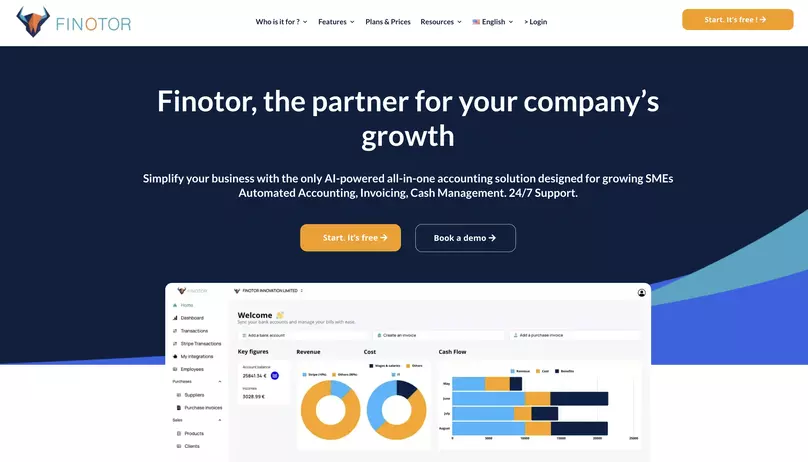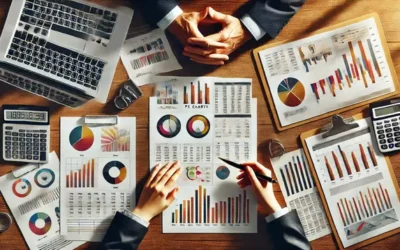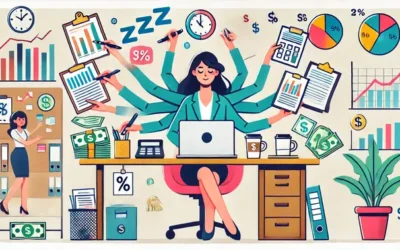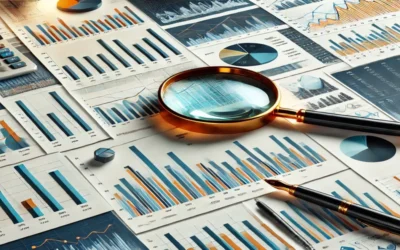Contents
Introduction to VAT (Value-Added Tax)
What is VAT and How Does it Work?
VAT, or Value-Added Tax, is a consumption tax levied on the price of goods and services at each stage of production or distribution. Unlike a sales tax, which is only charged on the final sale to the consumer, VAT is collected incrementally by businesses at each point of the supply chain. This method not only spreads the tax burden across different stages but also minimizes tax evasion as each business in the chain can claim a credit for the tax already paid on its purchases.
The Importance of VAT in the Global Economy
VAT holds a critical position in the global economy as it represents a significant part of government revenue in many countries. Its design as a consumption tax ensures that revenue is collected in a relatively stable manner, even in fluctuating economic conditions. VAT’s transparency and efficiency make it a preferred choice over other types of indirect taxes for many governments worldwide.
Comparing VAT to Sales Tax: Key Differences
While both VAT and sales tax are types of consumption tax, they’re collected in different ways. VAT is charged at every transaction in the production and distribution process, allowing businesses to reclaim the tax they’ve paid to other businesses. On the other hand, sales tax is imposed only at the final sale to the consumer, making it invisible to the business but fully borne by the end consumer. These differences have a significant impact on business processes and tax accounting practices.
VAT Rates and Their Impact on Businesses
Understanding Different VAT Rates Across Services and Goods
VAT rates can significantly vary depending on the country and the type of goods or services. Some countries apply reduced rates or even zero rates to essential goods like food, books, and medicines, while luxury items may attract higher rates. Understanding these differences is crucial for businesses to price their products correctly and to stay compliant with tax regulations. More information on global VAT rates can be found here.
How VAT Rates Affect Pricing Strategies
Businesses must consider VAT rates when setting the price of their products or services. VAT affects cash flow and margins, and this impact needs to be factored into pricing strategies. Incorrect handling of VAT can lead to either overcharging customers or absorbing the tax cost, both of which can harm a business’s competitiveness and profitability.
Global VAT Rates Comparison: Examples from Various Countries
VAT rates vary from one country to another. For instance, some countries in Europe apply VAT rates above 20%, whereas others maintain lower rates for a competitive advantage. This variance has implications for international businesses, which must adapt to the local tax regime of each market they operate in. A comprehensive comparison of global VAT rates can be found here, while specific guidance for VAT refunds for visitors to the EU is available here.
Calculating VAT: Practical Examples and Considerations
Step-by-Step Guide to Calculating VAT for Your Business
Calculating VAT involves determining the tax base and applying the appropriate VAT rate. It is essential to keep accurate records of all taxable transactions and to understand the specific rules that apply to your business sector. Companies should also be aware of how to handle VAT on international transactions, where different VAT rules may apply.
Common Mistakes to Avoid in VAT Calculation
Mistakes in VAT calculation can lead to penalties and interest on unpaid tax. Common errors include incorrect classification of goods or services, failure to update rates, and misunderstanding the rules for cross-border transactions. It is crucial for businesses to stay informed and compliant with VAT legislation to avoid these pitfalls.
VAT Exemptions and Zero-rated Goods: What Qualifies?
Some goods and services are exempt from VAT or are subject to a zero rate. Exempt items mean no VAT is charged, and no input VAT can be recovered. In contrast, zero-rated goods are still VAT-taxable, but the rate is 0%, allowing businesses to claim back the VAT on their costs. Understanding which items qualify for these categories is vital for accurate VAT accounting.
Managing VAT Compliance with Technology
Automating VAT Reporting: Tools and Software
Automation is transforming VAT reporting, making it more efficient and less error-prone. Tools and software help businesses to streamline VAT calculations, submissions, and record-keeping. Automated systems can also assist in keeping up with changing VAT rates and regulations, which is critical for maintaining compliance.
The Role of AI and Machine Learning in VAT Compliance
Artificial Intelligence (AI) and Machine Learning (ML) are increasingly being used to enhance VAT compliance. These technologies can analyze data patterns, predict outcomes, and provide insights for better decision-making. They can also identify potential errors or anomalies in VAT transactions, potentially saving businesses from costly compliance issues.
Integrating VAT Management into Financial Systems with Solutions like Finotor
Integrating VAT management into financial systems simplifies the complex process of tax compliance. Solutions like Finotor provide a centralized platform for managing accounting and financial data, including VAT. Their use of AI and ML can automate financial tasks and provide analytical insights, ultimately saving time and reducing errors. Learn more about how Finotor can assist with VAT management at https://finotor.com.









